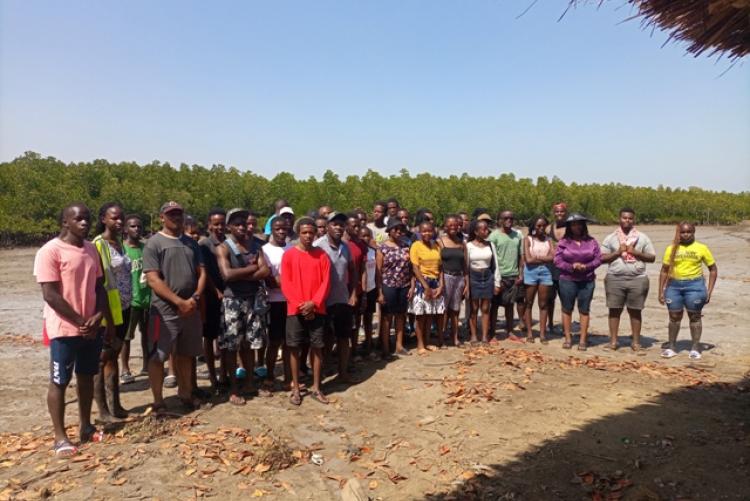Mangroves play a vital role in coastal ecology and in sustaining and securing coastal communities. They reduce the harmful effects of coastal erosion, storms and flooding. Mangroves make a critical contribution to climate regulation through carbon capture. Unlike terrestrial forests, which store most of their carbon in the trunk and branches, mangroves store most carbon in their root systems and neighboring soil acting as carbon ‘sinks’, locking it away for generations. Mangroves absorb and store three to four times more carbon than terrestrial forests. There are 80 different species of mangrove tree.
Economically, mangroves provide livelihood opportunities for coastal communities through fisheries and ecotourism. The fish, shellfish and other food sources obtained from them play a vital role in the food security of neighboring communities.
Despite their importance, mangrove ecosystems are under extreme pressure from human activity. Mangrove trees are being cut back for firewood, coastal development and to make way for shrimp farming. They are falling victim to pollution from inland sources such as discarded plastics, untreated sewage and nutrients from agriculture.
When mangrove forests are cut, they release stored carbon into the environment. Blue carbon emissions have increased significantly as a result of mangrove deforestation.
Mangrove losses for the period 1980 – to date are estimated to be more than 3 million hectares. It is crucial to restore and enrich them.
- Log in to post comments

